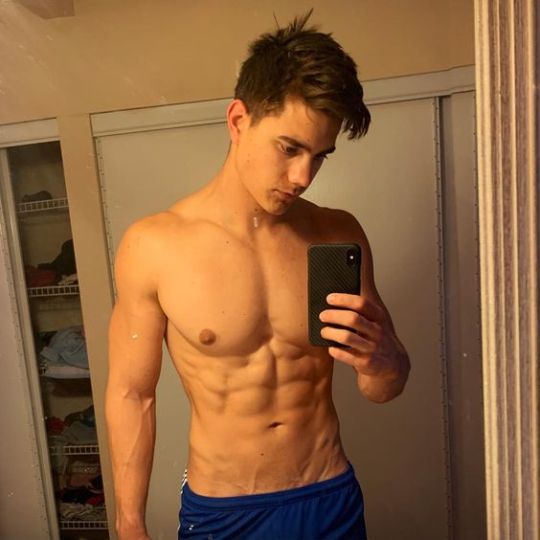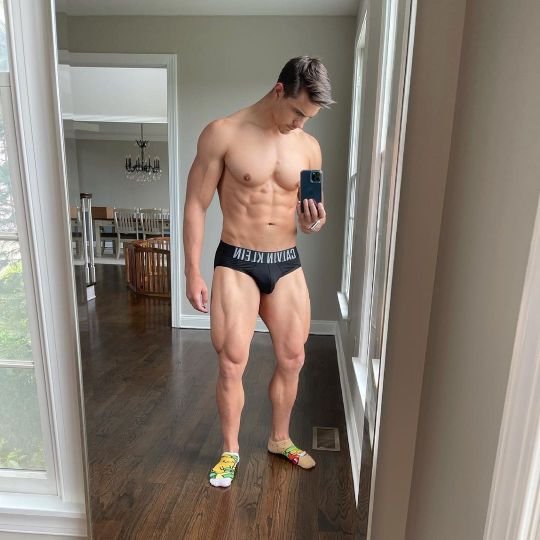Text
Drug Cravings: Explained. A Step By Step Guide To Overcoming Desire.
One of the worst enemies of sobriety are the cravings. Why is the thought of getting high such a powerful motivator for relapse? And what can you do to control it? Read below and PLEASE SHARE so it reaches more people in need!
1. The basics – few things we need to understand about the brain first.
The human body has a unique way of desiring things. To do so, a bunch of brain cells (neurons) have organized themselves in a particular way inside your skull forming a structure called the reward pathway or mesolimbic pathway. These neurons are part of the limbic system of the brain (this will become important later).

To simplify things, the reward pathway is activated when dopamine is released. Dopamine is a chemical, a molecule, (neurotransmitter) which is produced and released by the brain when we do something good for our survival - eating, working out, having sex. These are called rewarding stimuli. Each neuron has neurotransmitter receptors. They are tiny little membranes which can release specific electrical signals when touched by a given neurotransmitter. If that neurotransmitter is dopamine, it activates the dopamine receptor on a neuron and we experience pleasure and motivation to repeat the dopamine-releasing activity. Nature literally gives us a small chemical treat for being such a good boy, yes, you are, yes, you are!
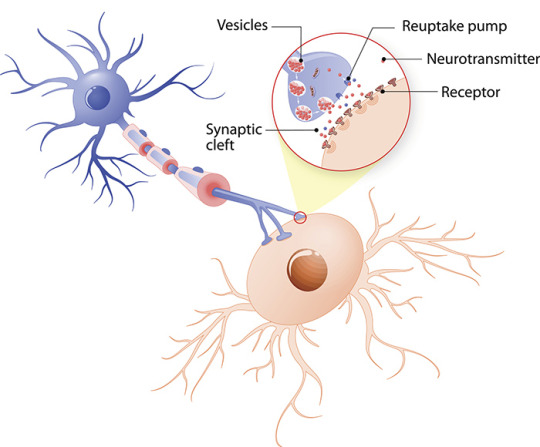
2. The reward expectation signal – it’s the thought that counts!
Now, if we repeat a certain “feel good” activity often enough, something magical happens. We learn that feel good activities have cues or triggers. A cue or trigger is an outside stimulus which occurs before a reward is distributed. It could literally be anything - from waling by a familiar bar spot to seeing it’s a certain time. Think of it as a physical reminder of incoming reward. Like, have you noticed that good feeling when you’re dreaming about a warm, tasty dinner on your way back from work or about your lover’s strong and capable hands? This is called a reward expectation signal.
Repeat any pleasant activity enough times and your brain learns it is good because it releases dopamine. Part of the pleasant experience of getting wasted is the increase of dopamine caused by the drugs. After years of blowing clouds for example we’ve trained our brain (thus ourselves) that meth is very nice and worth doing a lot. In order to motivate us to do that pleasurable activity, when we face a cue/trigger (place/people/paraphernalia etc. associated with meth usage), our brain releases a small “taste” of what’s expected to happen by giving us a boost of feel good neurotransmitters - this is the true face of desire. Like Pavlov’s dog salivated when he heard the bell but before seeing the food.
Thus, a strong associative memory is being formed and the connection between “meth” and “is good” gets stronger with every reinforcement (use) and the cues/triggers multiply. Exactly here lies the problem.
3. Reward prediction error – believing false promises, again and again, and again.
Usually our brain is right in its predictions – the pleasure from eating is the same every time. But with drugs those expectations don’t match reality. It’s called reward prediction error.
A reward prediction error can be negative or positive. If you get more pleasure than expected, it’s called a positive error. In the case of getting less than expected – a negative error occurs.
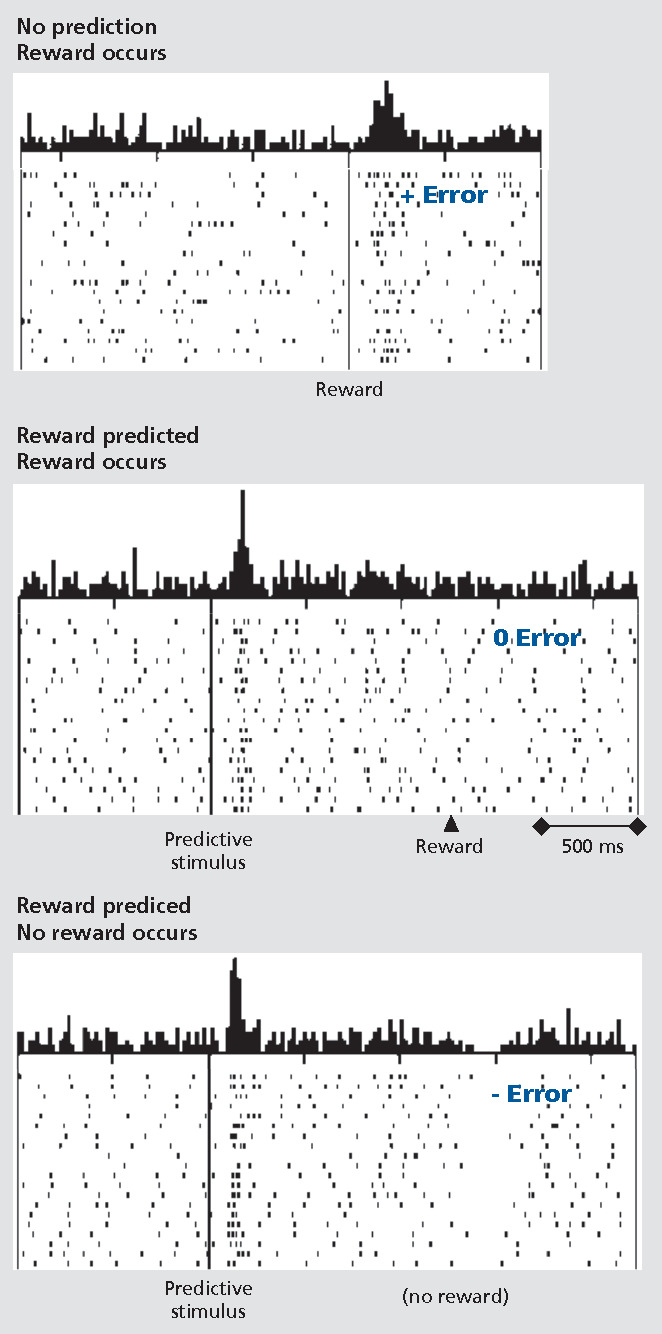
But why are drugs different from food? Because unlike food all psychoactive drugs physically change and rewire the reward pathways of the brain. On a molecular level, this results in a reduction in neuron’s sensitivity to dopamine (dopamine downregulation). Less sensitivity means a less enjoyable high. Less enjoyable highs lead to an increase of doses. Increase of doses means even more dopamine sensitivity loss and less and less pleasure.
It’s a vicious downward spiral of depression and abuse.
4. The habit – memories consume.
The anticipation mechanism explained so far is truly remarkable. It’s final goal is to map out every outside stimulus and automate a response - to muscle memory your life in full! It’s also useful because it’s our main motivational force. If you’ve never been scuba diving for example, a promise of touring the most epic dive spots in the world wouldn’t trigger as much desire and motivation as it would for a scuba diving junkie. It’s also the reason no sober person can even remotely comprehend why people can’t simply stop doing drugs even though they know the high would suck.
Let’s recap – if drugs become a problem (addiction) and people no longer get the same high (not receiving the same reward), then each time we’re faced with a drug cue/trigger, our minds recall and cling to a powerful memory driven fantasy about how good our favorite drug used to feel thus motivating us to use. Addiction is anticipating and chasing a feeling which is impossible to achieve.
This “anticipation” is the reason why you emotionally desire things which you rationally know won’t bring the same reward. Drug addicts have a disrupted connection between the rational part (prefrontal cortex) and emotional part of their brains (the limbic system where the reward pathways of the brain are located, remember?). As a result of this disruption, drug addicts are physically unable to make reasonable choices when it comes to using [source] .
And that’s why people relapse - put simply, relapse is due to a false judgement based on real past experiences. It’s a classic “expectations vs reality” meme.
5. Breaking the habit – mindfulness.
So far it seems like this post is nothing but bad news. However, the structural changes of the brain which are caused by substance abuse and the anticipations of rewards are temporary. Just like memories, if these neurological pathways aren’t used, they degrade and disappear. This is why it’s easier to say “Nah, I’m not using” on day 100 than on day 2. On day 2 the connections are too strong and resisting the urge takes more energy.
How do we get to day 100? I suggest mindfulness. Mindfulness is the psychological process of purposely bringing our attention to experiences occurring in the present moment without judgment, meaning, without emotional engagement. It is at the core of meditation and sports. The idea behind mindfulness is to gain back control of the rational brain by shutting down the emotional signals.
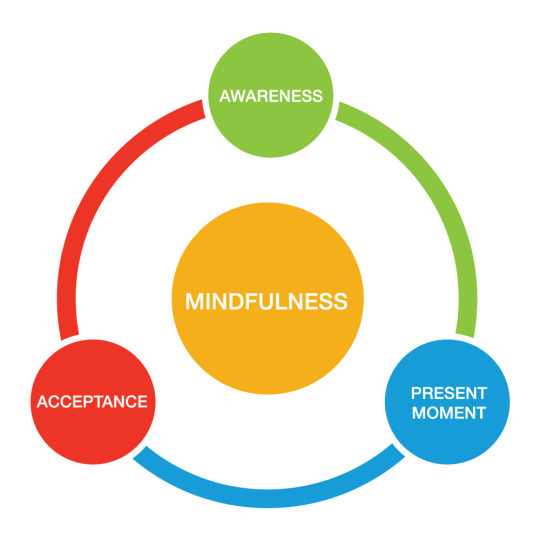
6. Step By Step Guide To Handling Cravings
For you, a person with solid understanding of the biochemical and neurological processes happening inside your own brain, being mindful when having cravings should be easy. Let’s say you’re experiencing them right now.
[DISCLAIMER: The following guide is intended for sober people who are having cravings. If you’re high right now and craving more, this technique could be beneficial for you, however, there’s no guarantee it will work as the mechanism of those cravings is slightly different and substance-specific. Try it anyway.]
Step 1: Go to a private, preferably quiet place. Lay down or sit comfortably. Take a couple of slow, deep breaths in and slowly exhale. Do this with your own rhythm and pace. Focus on your breathing. You’re goal is to be here now. Present tense. Not worrying about the future, not obsessing over the past. You want to be here and now, and you’re channeling your mental energy towards yourself in this present moment. When you inevitably catch yourself thinking of something else, acknowledge that thought without getting involved with it as you would acknowledge an ant on the pavement. Then gently bring your conscious attention back to your breath. The first couple of times you’ll fail miserably at this. Everybody fails. The key is to keep on playing this game of cat and mouse - to catch yourself when you’re losing focus and to bring said focus back to your breath. That’s it. After doing this for 2-5 minutes, proceed to step 2.
Step 2: Acknowledge the drug related thoughts and desires you’re experiencing right now.
Step 3: Acknowledge those are cravings.
Step 4: Visualize the cravings as a group of neurons firing electrical and chemical messages inside your head right now. Realize you’re not motivated to do drugs. Instead, you’re simply remembering how awesome past drug uses were. Therefore, understand that your brain creates an expectation of how exactly as awesome you will feel if you use now – these are the reward expectation signals.
Step 5: Remember how this neurological system works. Realize in the case of drugs it will never be as good as it was - be mindful of the reward prediction error.
Step 6: Now, imagine all your craving thoughts as if belonging to someone else. Think of them as a second foreign voice inside your head. Observe that voice from a distance. You’ll feel emotionally attached to the voice and that’s normal. However, try to distance yourself from any attachments by having a conversation with the voice. Disagree with everything it says. Counter each pro-argument with a counter-argument. For example, when you start visualizing epic drug highs, counter with the realization that those concepts are an unachievable utopia, a promise of a dreamworld with a colorful facade behind which is only regret. Realization of the consequences requires activation the prefrontal cortex and that’s what we’re trying to do here - quite our emotions and give voice to our reason.
Step 7: Gradually realize the junkie voice in its frustration is recycling the same “in favor” arguments you’ve already put down. Slowly, distance yourself from that voice. Return your focus on your breath and observe how the cravings fade away into the distance. If you catch yourself thinking of using, acknowledge that thought without getting emotionally involved with it as you would acknowledge an ant on the pavement. Then gently bring your attention back to your breath.
Optional step 8: Explore your entire body now in a session of mindfulness meditation. Focus on your toes. Note how it feels to have toes and be mindful that those are your toes. That’s you. Now. Do this for every body part. If you get disturbed by side thoughts, acknowledge them and gently bring the focus back on your breath. After breathing a few times and clearing your head, return to the body part you were exploring before the thoughts.
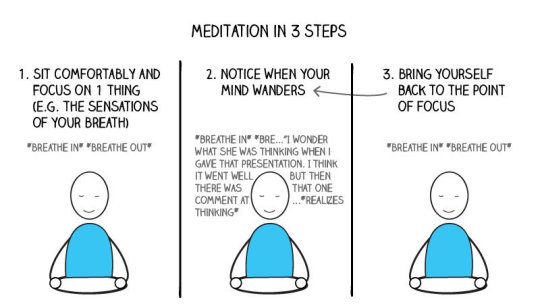
Remember - involvement with our thoughts is what gives them power. Without our attention, they die. Our thoughts may seem in control but that’s an illusion. Our thoughts are a product of our behavior, meaning, it is us who are controlling them.

Please SHARE this post so it reaches more people in need.
Suggestions for further reading:
1. Dissecting components of reward: ‘liking’, ‘wanting’, and learning
2. Wanting and Liking: Observations from the Neuroscience and Psychology Laboratory
367 notes
·
View notes
Text

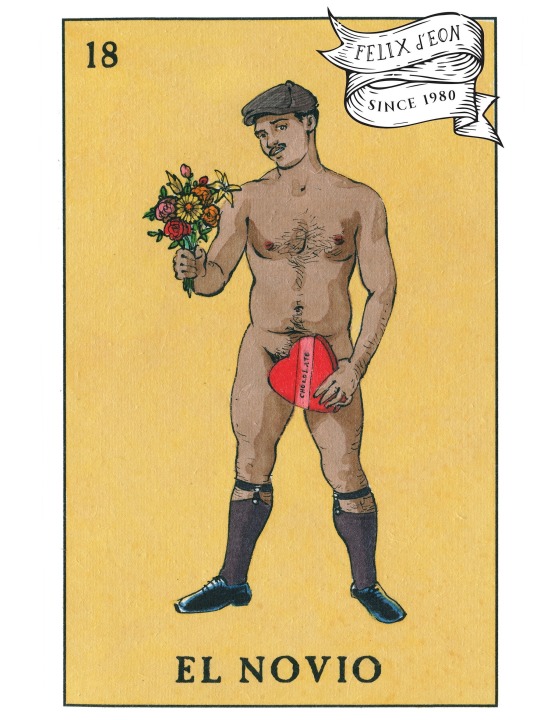

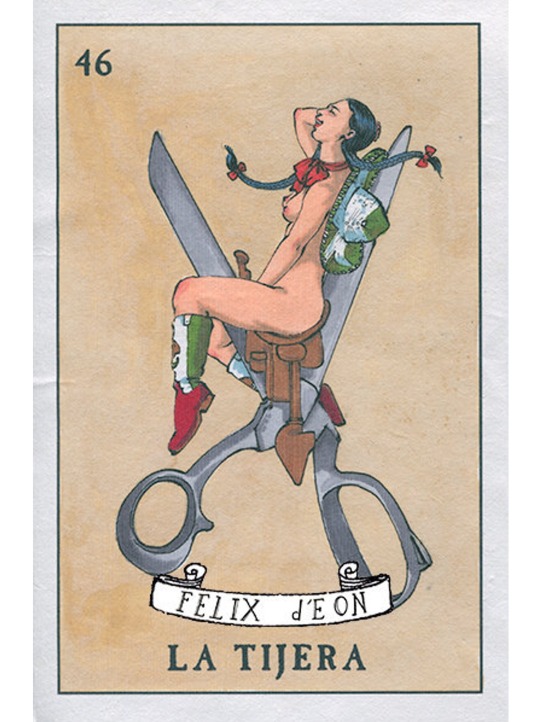
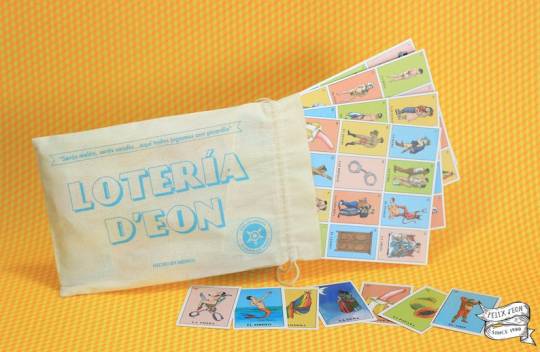

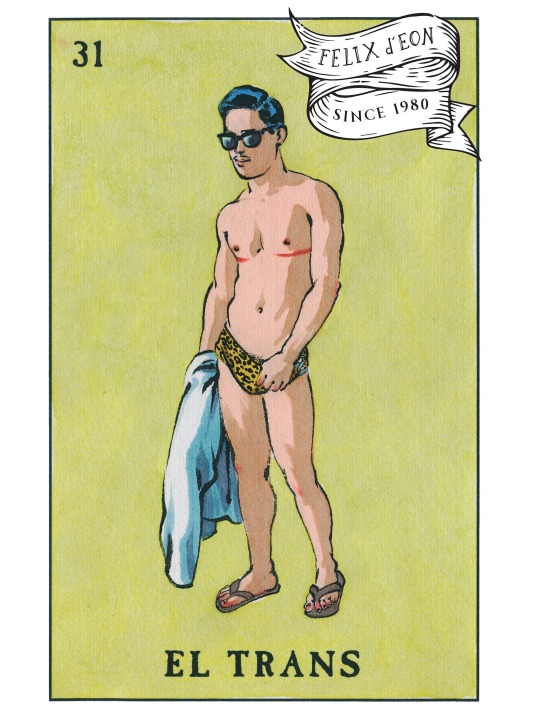

I, like many Chicanos, grew up playing Lotería with my family. The original game has the same patriarchal and racist values that are common in México, so I decided to make my own version that would reflect the values of my queer community with cards like "El Trans" of a handsome trans man "El Novio" with a beautiful curvy body, and "La Luna", featuring two women in love, I wanted to make a game in which we could see ourselves reflected and a game which could express the joy of our community, in which we could laugh!
Click here for El Trans
Click here for La Bandera
Click here for La Luna
Click here for La Tijera
Click here for the Sugar Papi
1K notes
·
View notes
Video
107K notes
·
View notes
Text
76 notes
·
View notes
Video
Cumming inside a second time, 1st load dripping out!
12K notes
·
View notes


